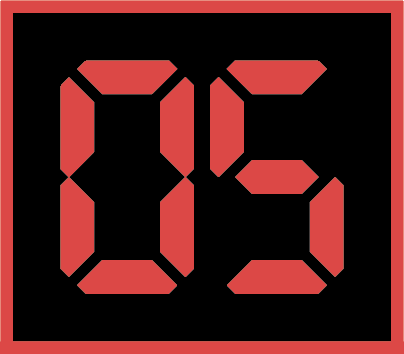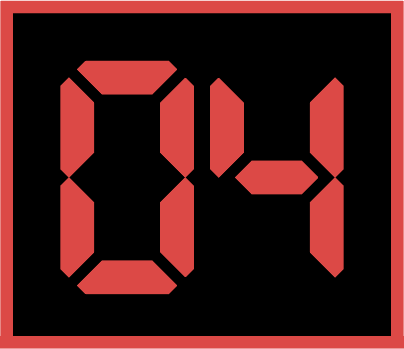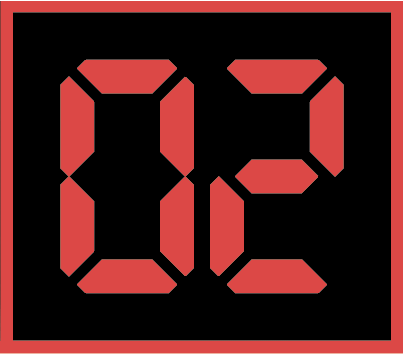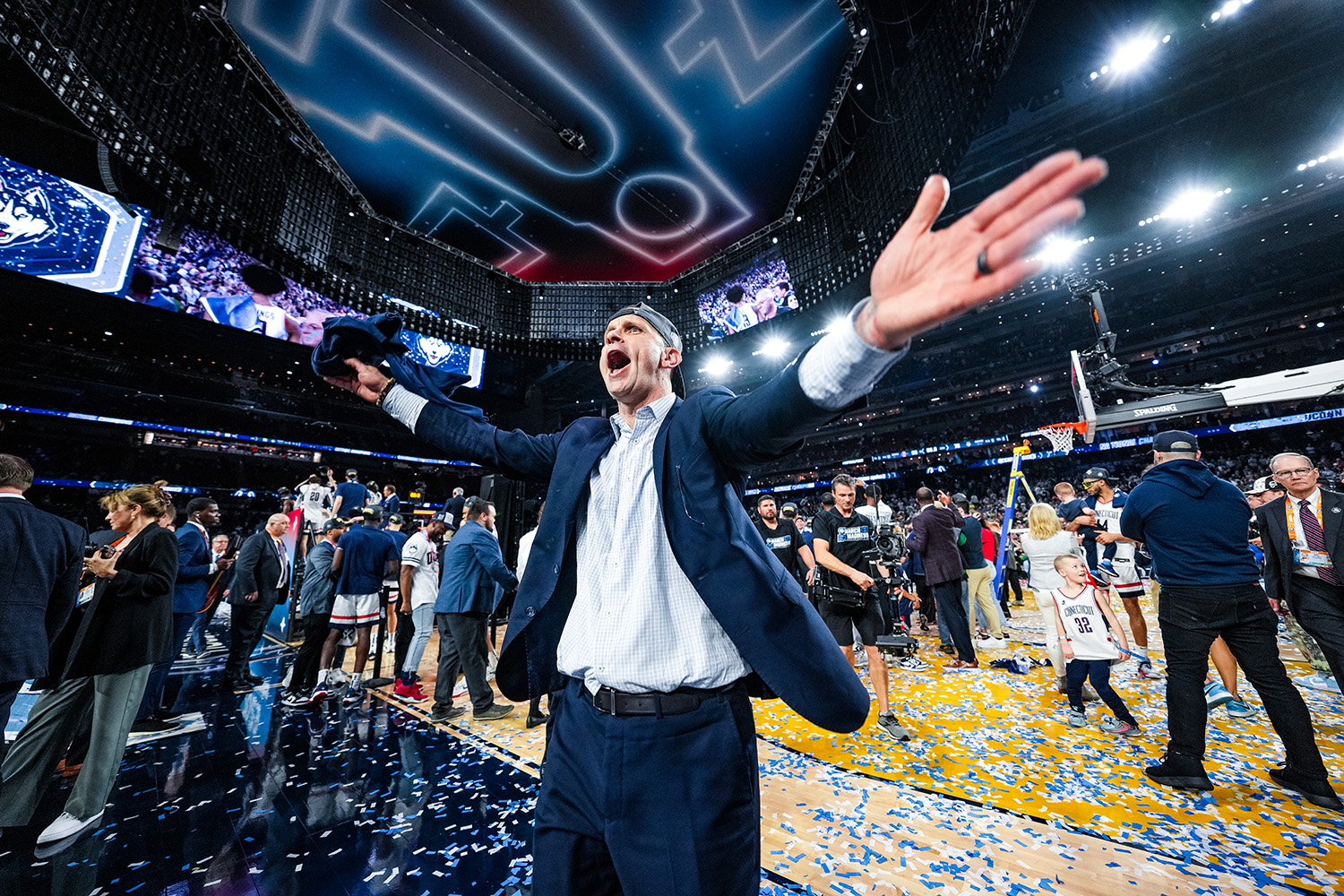Beat the Buzzer with Tom's Trivia!
See if you know as much as King of UConn Trivia and University Deputy Spokesperson Tom Breen '00 (CLAS) in this special edition of Tom's Trivia in celebration of UConn's men's basketball 5th national championship.
Scroll to the bottom to reveal the answers.


The 1999 men's national champions bonded during a summer 1998 trip overseas, where they played six games against professional teams. Which two countries did the Huskies visit on that trip?
A: The United Kingdom and Israel
B: Italy and Israel
C: Spain and the United Kingdom
D: Germany and France

After the UConn men and women won national titles in 2004, a Hartford restaurant created new lunch specials in honor of some of the players. Which of these was one of the specials?
A: The Diana Taurasi Parmesan Grinder
B: The Okafor BBQ Pulled Pork
C: The Maria Conlon Grilled Chicken Wrap
D: Josh Boone's Really Big Sandwich

In the 2011 national championship game, the UConn men held opponent Butler to just 41 points, the lowest in an NCAA championship game since 1949. Which school's team scored less than the Bulldogs?
A: Yale
B: Oregon State
C: Wyoming
D: Oklahoma A&M

In 2014, the UConn men's team won games in the Sweet 16 and Elite Eight in Madison Square Garden, a home away from home for the Huskies. Who was their opponent in their very first NCAA tournament game at the world-famous venue?
A: Providence College
B: Yale
C: St. John's University
D: Kentucky

When the 2023 men's team cut down the nets in Houston, it was the fifth championship for the program — and the fourth title game won in the state of Texas, with prior wins in Arlington (2014), Houston (2011), and San Antonio (2004). What was the only non-Texas venue to host a UConn championship?
A: RCA Dome
B: Georgia Dome
C: Tropicana Field
D: Lucas Oil Stadium

Coach Dan Hurley on the court after the 2023 men's national championship win over San Diego State.
A. The Huskies spent four days in London "“ their first stop being a visit to McDonald's "“ prior to 10 days in Israel, the home of Husky greats Nadav Henefeld and Doron Sheffer.
B. Red Rock Tavern on Capitol Avenue offered a BBQ sandwich in honor of Texas native Okafor, along with a Taurasi Honey Mustard Turkey Wrap.
D. In the championship game at Hec Edmundson Pavilion in Seattle, the Aggies of Oklahoma A&M "“ now Oklahoma State "“ managed just 36 points against Adolph Rupp's victorious Kentucky Wildcats, who won their second title.
C. In 1951, his fifth year as head coach, Hugh Greer led the Huskies to their first-ever NCAA tournament appearance, which happened to be at Madison Square Garden. The Huskies fell to St. John's in that contest by a score of 63-52.
C. The 1999 men's team shocked the world at "The Trop" in St. Petersburg, Fla., which at the time held about 44,000 spectators. By contrast, the 2023 team's victory took place in front of 74,000 in Houston.

Tom: I had your Dad for journalism my junior year, 1969. Great teacher; great man. He helped me get a job my senior year in Willimantic for the Hartford Courant.
Paul K.
In the late 1950s I had classes in a very large South Campus building called Rostov. Given the current war news, what’s the story behind UConn’s use of the name Rostov on a building long since torn down?
Thank you for maintaining the print magazine.
From Tom:
“Rostov†was definitely a name for a temporary classroom building that went up after World War II and was torn down in 1959, but it’s hard to tell from the sources I found whether this was an official name or just an informal name that became near-universal. Rostov-on-Don was the site of a famous battle in Russia during World War II, and the relative remoteness of the building seems to have been a theme – “It’s not far to Rostov (if you have a car)†was a line that I found in an old issue of the Nutmeg, for example. This piece from the Oct. 19, 1959 Daily Campus, which refers to Rostov twice as “Siberia,†makes me suspect that might have been the association – “Rostov†as suggestive of somewhere remote, like the Eastern Front. There’s also no reference to a Rostov building in the course catalogs from the 1950s, which is another reason I suspect this was a nickname that caught on, just like the North Campus dorms were universally known as The Jungle for decades.
Thank you all ever so much! The connections you mention make sense, just as The Jungle didn’t need to be in writing nor did Rostov. Just neat to hear a campus building mentioned on the nightly news.
I also had an art class in a one story, temporary building near Rostov where the professor said “Come hell or high water, we will have an exam on Monday.†The pipes froze and burst and no exam!